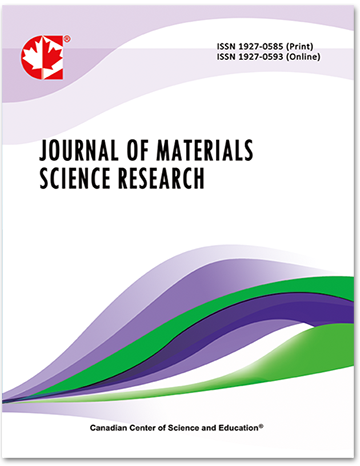The Degradation in Creep Strength of ASME Grade 122 Steel
- Manabu TAMURA
- Fujio ABE
Abstract
The degradation of the long-term rupture strength of ASME Grade 122 steel occurs earlier than that of Grade 92 steel. To investigate the reasons for this phenomenon, the long-term creep curves of Grade 122 steel pipe, plate, and tube product forms were analyzed by applying an exponential law to the temperature, stress, and time parameters. The activation energy (Q), activation volume (V
), and Larson–Miller constant (C
) were obtained as functions of creep strain. All Q
, V
, and C
(QVC
) decreased simultaneously with an increase in creep strain during the transient creep in a data group (Gr.IIIa), where an unexpected drop in the long-term rupture strength was experienced. Metallurgical considerations of the variations in QVC
meant that “heterogeneous recovery and heterogeneous deformation” (HRHD) should occur during the simultaneous decreases in QVC
. The Z-phase is easily formed by the consumption of the strengthening particles of MX in the HRHD zone, which causes the degradation of the long-term strength of Grade 122 steel. The higher hardness of Grade 122 steels promotes the coarsening of the Laves phase particles and, in addition to this, the amount of MX inside the subgrains is estimated to be less than Grade 92 steel, which cause severe HRHD and the resultant degradation in rupture strength compared to Grade 92 steel. In a data group subjected to lower stresses than those of Gr.IIIa, the degradation rate is mitigated, and a deformation mechanism was proposed. The improvement in the long-term rupture strength of Grade 122 steel was also discussed.
- Full Text:
 PDF
PDF
- DOI:10.5539/jmsr.v12n2p1
Journal Metrics
Impact Factor 2022 (by WJCI): 0.583
Google-based Impact Factor (2021): 0.52
h-index (December 2021): 22
i10-index (December 2021): 74
h5-index (December 2021): N/A
h5-median (December 2021): N/A
Index
- CAS (American Chemical Society)
- CNKI Scholar
- Elektronische Zeitschriftenbibliothek (EZB)
- EuroPub Database
- Excellence in Research for Australia (ERA)
- Google Scholar
- Infotrieve
- JournalTOCs
- LOCKSS
- NewJour
- PKP Open Archives Harvester
- Qualis/CAPES
- SHERPA/RoMEO
- Standard Periodical Directory
- Universe Digital Library
- WJCI Report
- WorldCat
Contact
- John MartinEditorial Assistant
- jmsr@ccsenet.org
